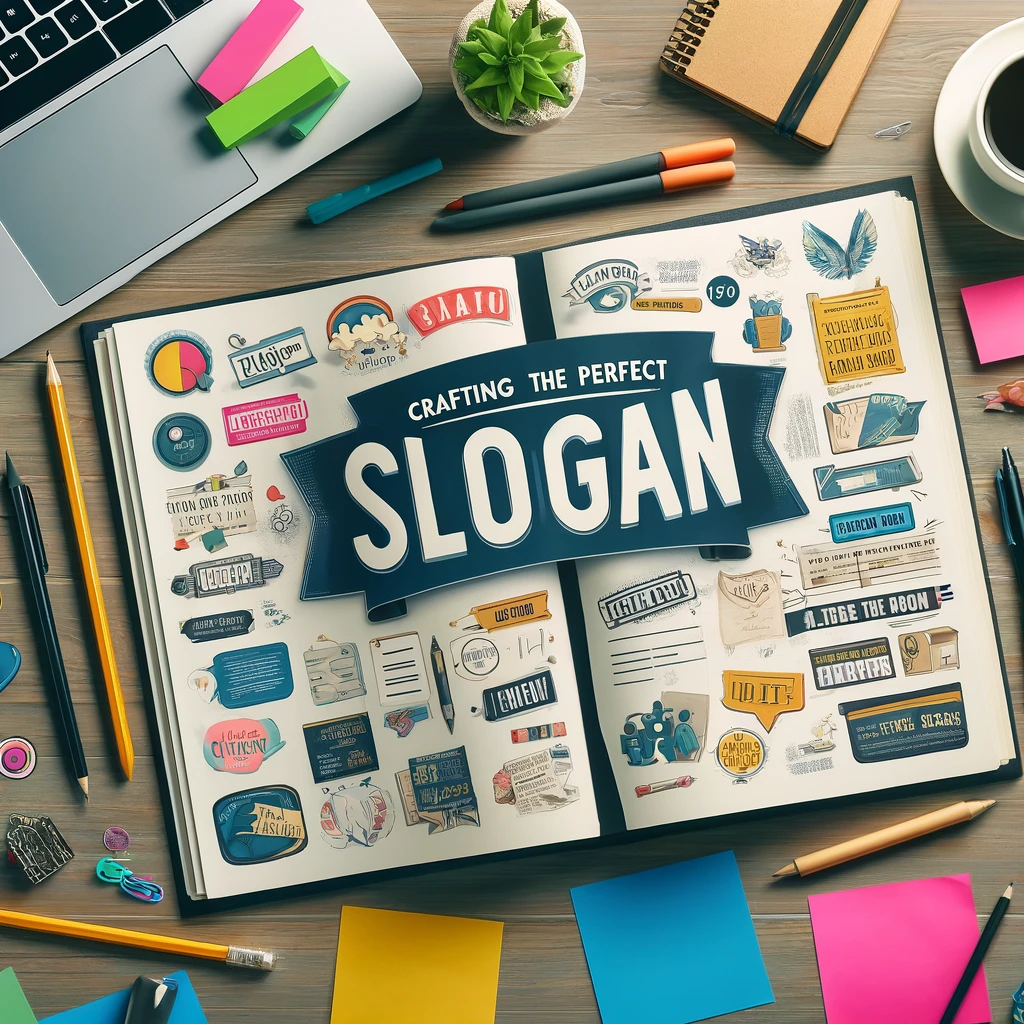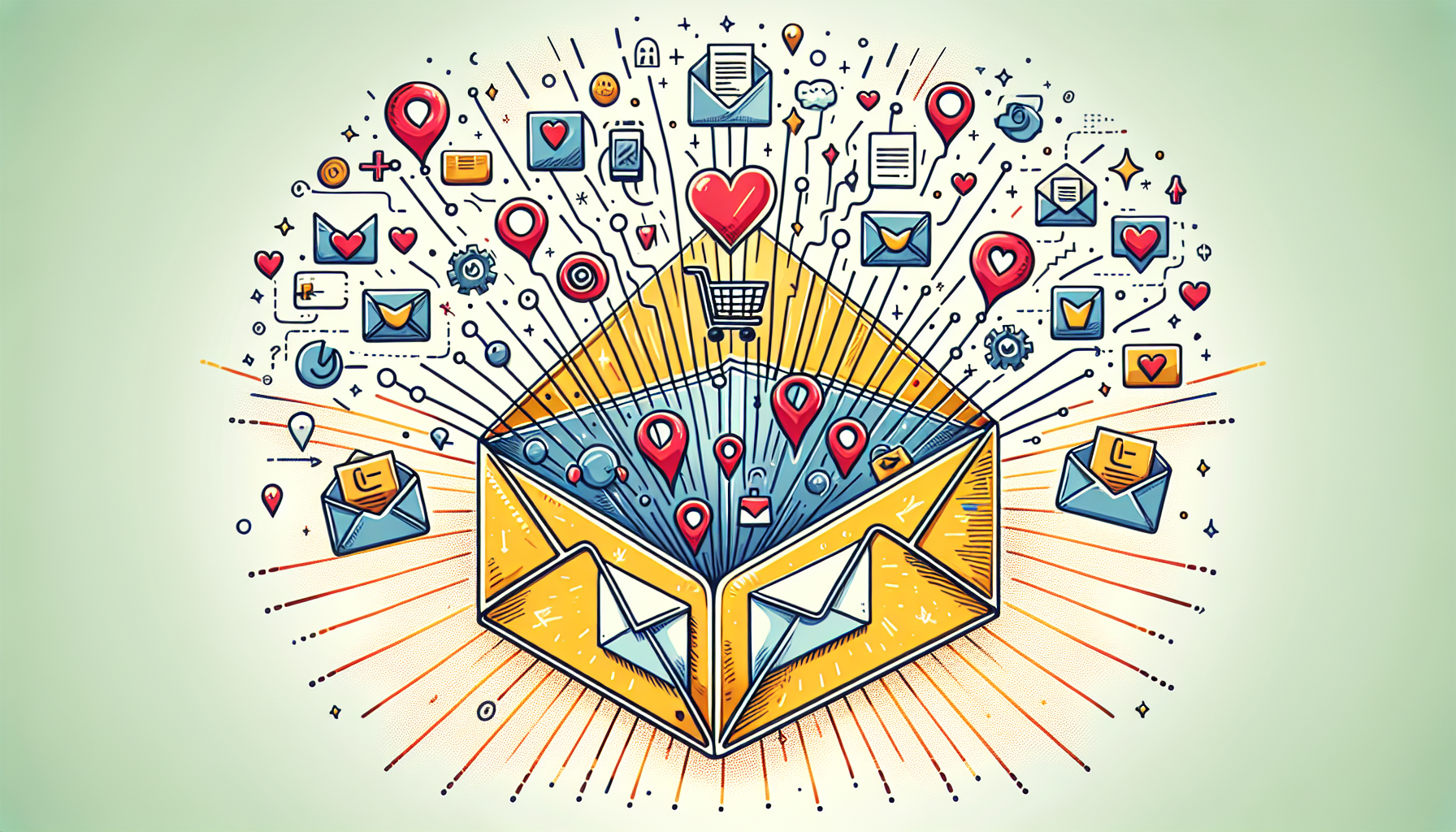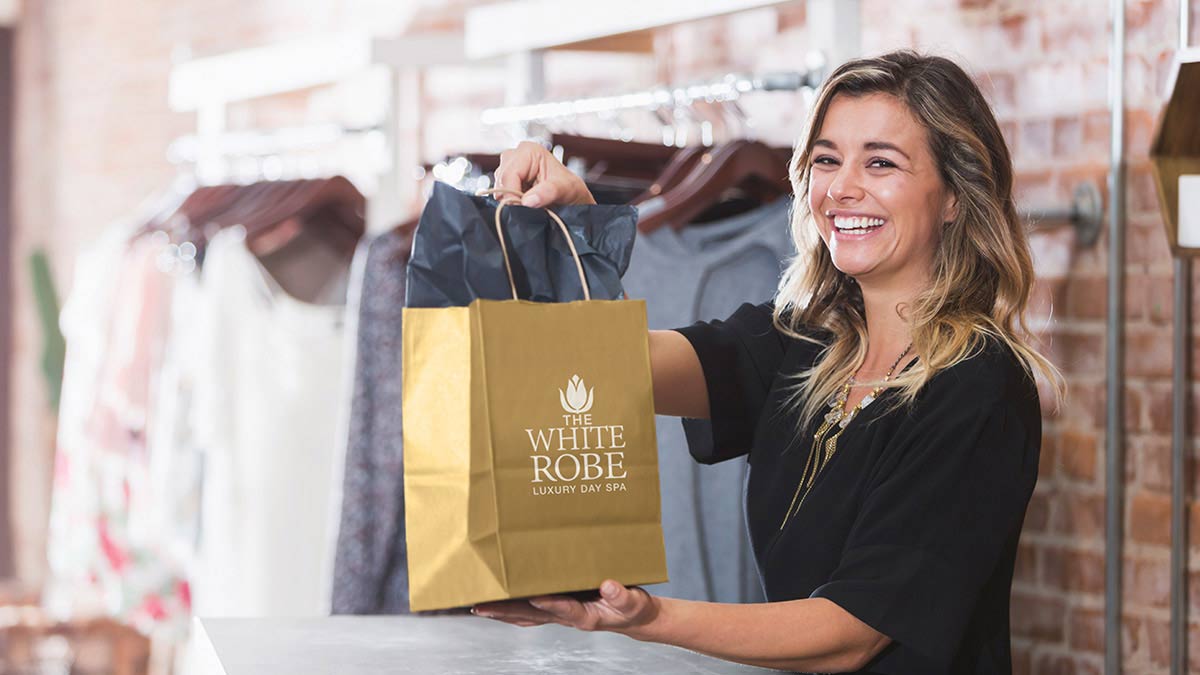
4 follow-up emails retailers should be sending
As a retailer, your job isn’t done when the sale is complete. While it’s only natural to want to focus on attracting new customers, long-term success depends on customer retention. To attract repeat business, you have to view each new purchase as the beginning of your ongoing relationship with that customer.
And because email is such a great relationship-building tool — providing you with a direct line to your audience — you should be using it to follow up with customers after a sale. If you want to create a strong rapport with your customers and keep them coming back to your business time and time again, here are four post-purchase emails you should be sending.
1. Thank you
It may seem like a small gesture, but a simple “thank you” can have a significant impact on how customers view your brand and whether they choose to continue shopping with you. Sixty-eight percent of customers will stop engaging with your business if they perceive you are indifferent to them. Your customers want to feel appreciated, so let them know that you’re grateful for their purchase with a thank you email.
You can send a personalized and heartfelt message, include a special offer with your thank you, or write something funny. There’s really no wrong way to do this, as long as your message is sincere. This email from Hudson’s Bay is brief but enthusiastic — it’s bright, and the copy is bold and large. And with the “Explore more” CTA button at the bottom of the email, they gently encourage customers to visit their website and to continue engaging with the company.
2. Survey invitation
Send a follow-up survey to discover what your customers think about their recent purchase and their experience with your business. Their feedback can be used to improve your offerings, and it reveal steps you should take to meet their needs. What’s more, sending out a survey is one more way that you can demonstrate how much you value your customers and their opinions. (VerticalResponse’s free survey creator makes it easy to create and distribute surveys to your readers in just a few minutes.)
Your survey invitation email should let customers know how long it will take to fill out the survey, the reason you’re sending out the request and, of course, a thank you. This email from Urban Outfitters is straightforward and gracious, and tells customers their feedback will be used to make their stores even better.
3. Special offer
Looking for an easy way to turn your first-time customers into repeat customers? Give them an opportunity to save on their next purchase. Offer them free shipping or a coupon that can be applied to their next visit. Crate & Barrel sends out a 10 percent discount as a gift to customers.
But you could also send an email promoting your customer loyalty program. By offering discounts, points or other perks to people who continue to buy from you, your business extends the relationship with new customers — giving you more opportunities to market to them, to turn them into fans and to dazzle them with your products.
In your message, succinctly explain the benefits of joining your club. Give readers an extra nudge to sign up by including a special offer that can be redeemed after they’ve made their first purchase as a member. Zappos gives their new members a “$15 Rewards Code” when they sign up.
4. Request a review
If you aren’t asking your customers to review you online, you could be missing out on an important sales opportunity. Reviews and testimonials can be employed on your website or on third-party sites like Yelp to encourage shoppers who may be on the fence about making a purchase. In fact, one recent study revealed that a staggering 90 percent of consumers say that positive online reviews influence their buying decisions.
Send out an email asking your customers to write a review while they’re still excited about what they’ve bought and the positive experience they’ve had with your company is fresh in their minds. Make the message personal, letting recipients know how important their feedback is and how their opinions will be used. If you’ll be directing them to Yelp, Facebook or Google, include a link and explain how to leave a review. Remember, they’re helping you, so make the process as easy as possible.
This email from Everlane was written by the designer of the product and even includes a photo of her — both elements add a nice personal touch. The message is brief, the CTA is clear and, to add extra incentive, customers who write product reviews are entered into a drawing for a gift certificate.
Be careful about offering incentives for reviews, however: Giving customers free stuff in exchange for a positive review violates the terms of some third-party directories.
Some of these follow-up emails may make more sense for your business than others, and some may work better for you if they’re combined. A thank you email and a survey invitation, for instance, could easily be merged into a single message. Just remember that the purpose of a post-purchase email is to nurture the relationship you have with your customers and encourage them to continue visiting your store; it’s not to bombard them with messages. Experiment with delivery cadence and messaging and track the results to discover the best post-purchase email flow for your business.
Join 140,000 small business owners
© 2018, Amber Humphrey. All rights reserved.


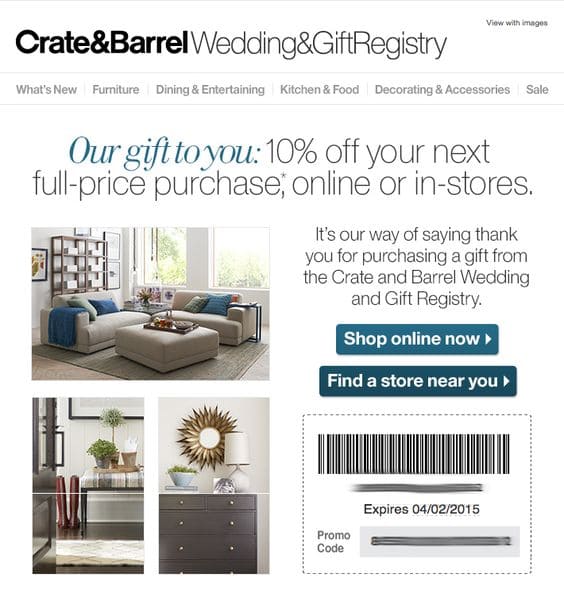
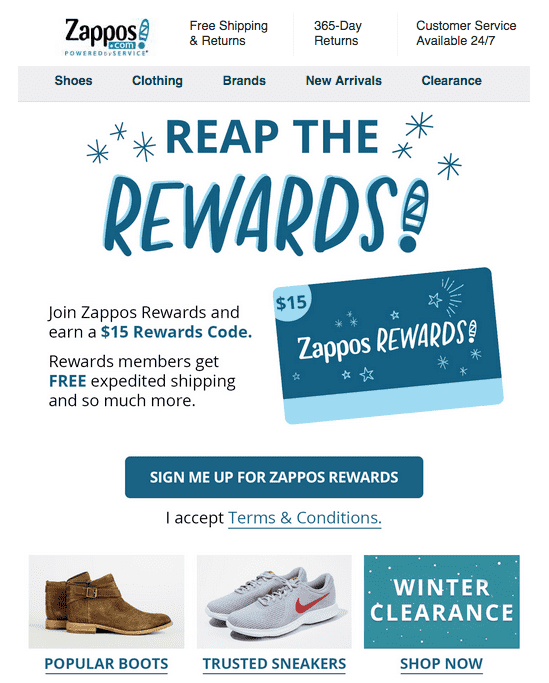
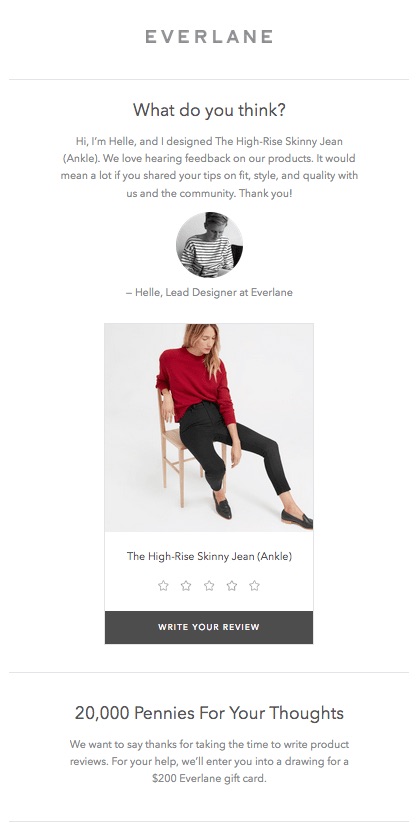
 SUBSCRIBE
SUBSCRIBE 

